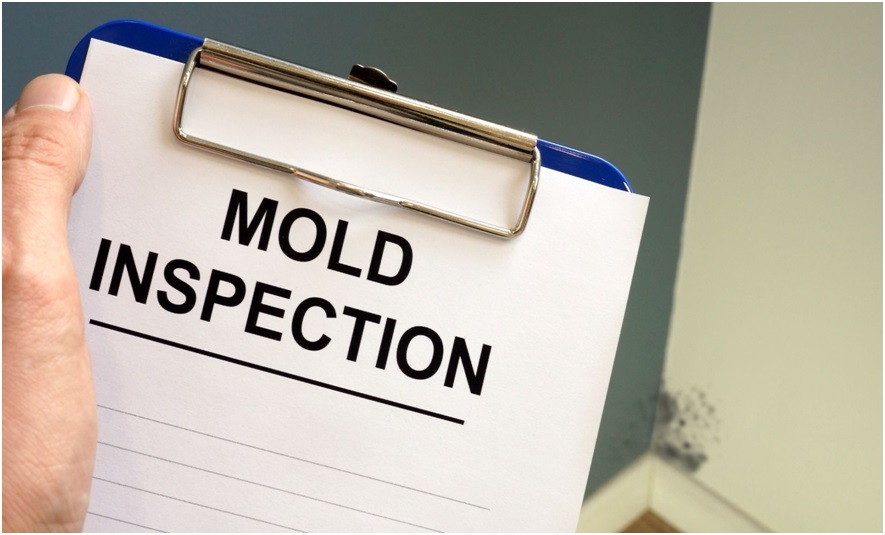Mold inspection process explained

The initial step after finding out the mold is to check if it’s harmful. If the mold is harmful, check the level of danger. There are more than 400000 types of mold known to humans; still, out of those, only a few could bring about any severe damage to your health.
While anyone finds out that they have mold inside their house, they must call a certified mold inspection Atlanta company. Lots of individuals are uncertain of where to seek a trained mold inspector. You can find several skilled experts in Atlanta.
After finding a certified mold inspection Atlanta contractor, you will need to ask about the charges linked with the mold inspection and the report. Many companies will provide numerous options insofar as determining the extent of your mold contamination. Read on to know what happens during a mold inspection?
If you possess a vast basement that flooded because of a storm or sump pump failure and you have mold on the walls, you might not require having the mold inspection process carried out.
What is a mold inspection?
As the mold inspector comes to your house for starting the inspection, he’ll utilize an array of techniques, counting surface sampling, air sampling, and visual inspection to check the source and type of mold that is there inside the building.
Every time a mold inspector arrives at your property, he will start the procedure with a visual inspection. The mold inspector will inspect the house and search for any symptoms of water damage, potential pipe or faucet leaks, and any other moisture symptoms.
They’ll check the temperature, too, and the humidity of the house. Then, they’ll add these calculations to an extensive range of data that they’ll be getting about your house.
As the mold inspector starts the procedure of surface sampling, they’re, in fact, trying to determine what type of mold exists at a specific spot inside the house. The mold inspector might utilize a swab or a piece of tape to get the sample. Once the sample is correctly packaged to prevent contamination, it is sent to a lab for testing. The air sampling process is maybe the most excellent way of determining whether or not airborne mold spores exist inside the property.
There are different types of tools that might be utilized for such sampling, but usually, air will be drawn and, after that, stuck over a glass substrate for making a sample.







